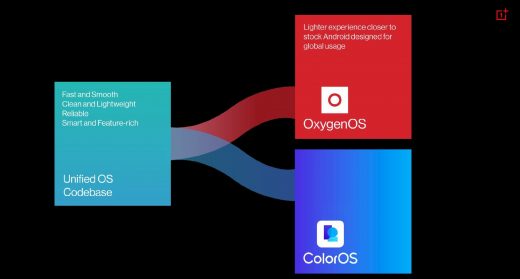OnePlus as we knew it is dead, here’s what next
For OnePlus, China is no longer its biggest market

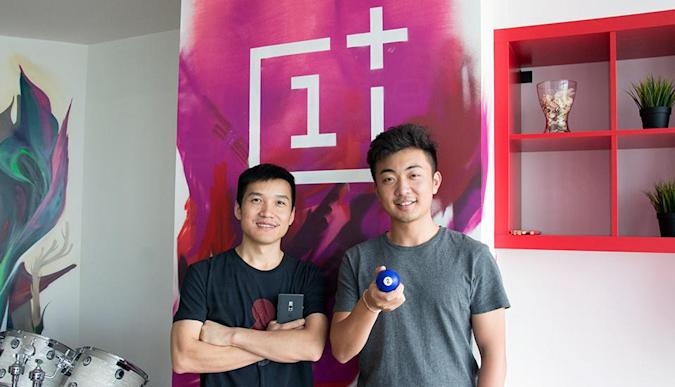
OnePlus, a 900-employee-strong company that’s sold 1.5 million smartphones since its debut 15 months ago, is doing surprisingly well outside its home country, China. As we sat in OnePlus’ funky recreational room, CEO Pete Lau revealed that about 60 to 70 percent of the sales come from overseas, which is a significant change from the 50/50 ratio back in November. One could argue that this is partly to do with the dip in China’s smartphone market growth, but Lau isn’t concerned, as he and co-founder Carl Pei set their eyes on the Western world and, more recently, India.
“Our biggest influence right now comes from Europe and the US. India has a big following because of US influence,” the CEO said. His company also has the stats to prove it.
Pei, the head of global at OnePlus, has recently spent most of his time in India to help build up his company’s presence there. The OnePlus One now makes up about 40 percent of the Indian smartphone market in that price tier, according to the exec. More interestingly, while other brands continued to slash prices there, the One stood its ground and still maintains a “satisfactory” sales performance. Pei gives credit to Indian users for their thorough research before making rational purchase decisions; and on his end, his team actively gets feedback via forums, Facebook and even Reddit.
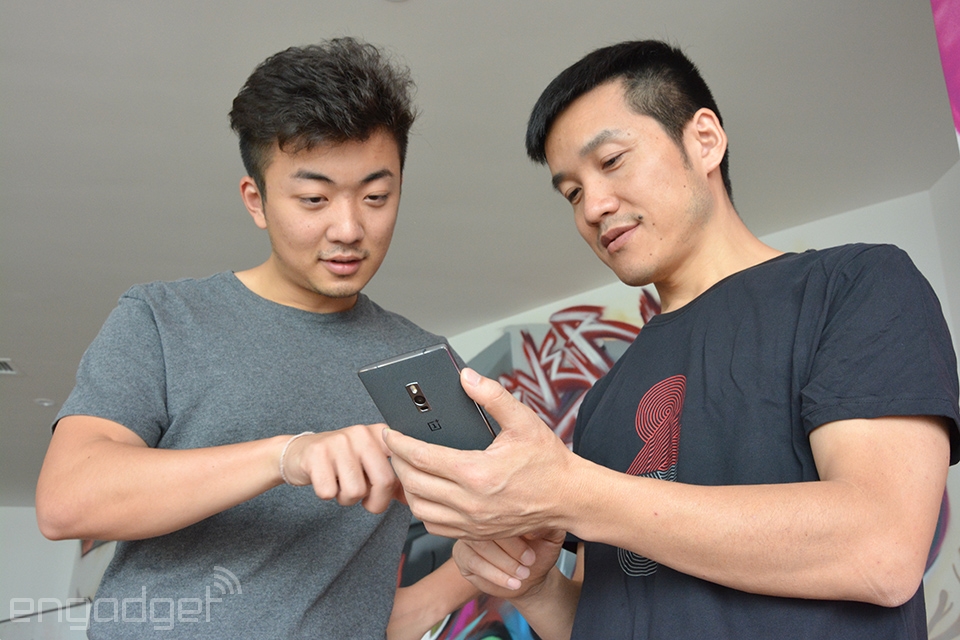
Today, Lau hosted the main launch event for the OnePlus 2 in Beijing, whereas Pei was at a remote event in San Francisco; but OnePlus didn’t want to leave its fans out, so for the first time in history, it also did a product launch in virtual reality, using prerecorded footage taken with a special camera at its headquarters. The company will be opening pop-up stores in nine key cities on July 31st, two of which are in India, four in Europe, two in the US and one in Indonesia. China will also get its second flagship store, which opens in Shanghai today.
Even though OnePlus did sell some Cardboard VR goggles (it sold 30,000 of these in India) ahead of today’s event, Lau confirmed that his company is not developing any VR hardware; nor is it working on any smart home product, although it is paying attention to this space. What OnePlus did attempt to make was a smartband to go with the OnePlus 2, and even though it apparently had a nice design, the team eventually canned it because it just wasn’t good enough.
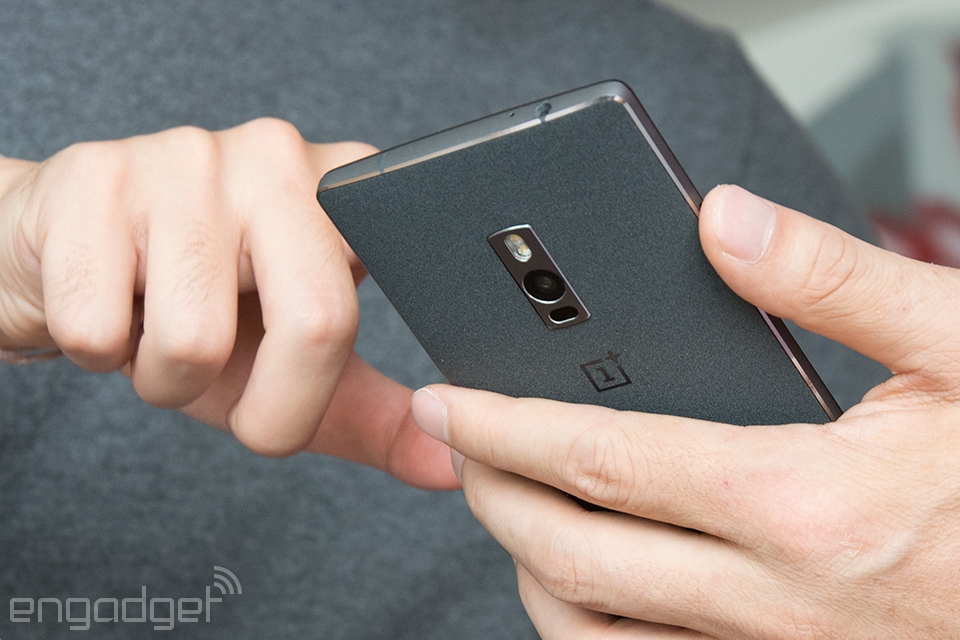
OnePlus isn’t just about hardware, obviously. Since its breakup with Cyanogen, the company’s set up a team dedicated to developing two versions of in-house Android ROM: OxygenOS for worldwide users who tend to prefer the near-native experience, and H2OS for China users who like the extra dose of MSG plus localization. This, according to Lau, was actually the biggest challenge he faced in the past year or so, as it proved to be difficult to recruit the best talents for ROM development. Nowadays, Lau makes frequent trips to Taipei to visit his core software team; he finds it easier to sign people up outside of mainland China, which is just as well given his company’s need to expand globally.
As a smartphone maker who has almost zero existence in brick-and-mortar stores, it would make sense for OnePlus to seek partnerships with carriers around the world. In fact, the company ran a small trial with Malaysia’s Maxis in the first half of this year, but it was more for experience rather than scale. Lau is in no hurry, because he wants to focus on just the main product for now. “Once we’ve done our part, they’ll come find us.”
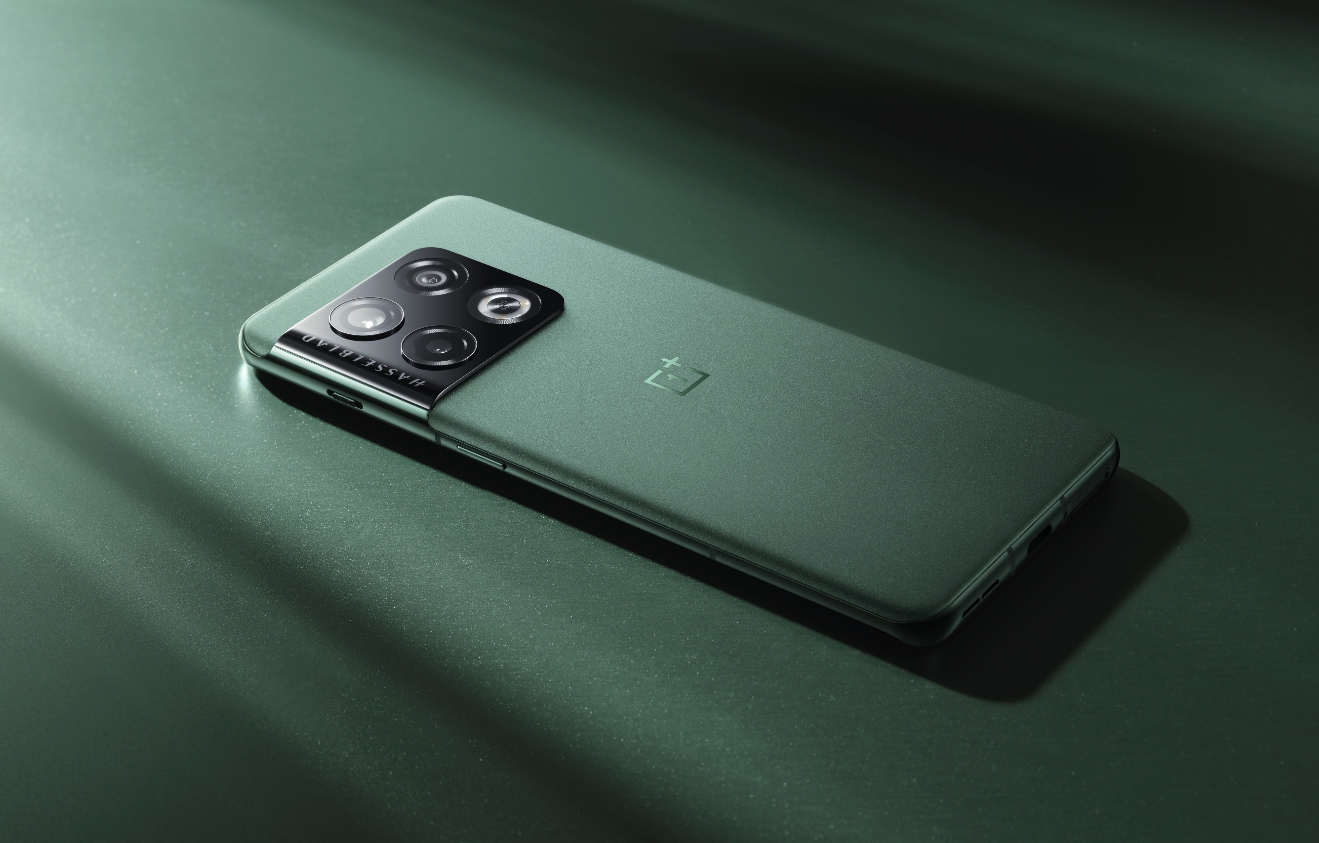

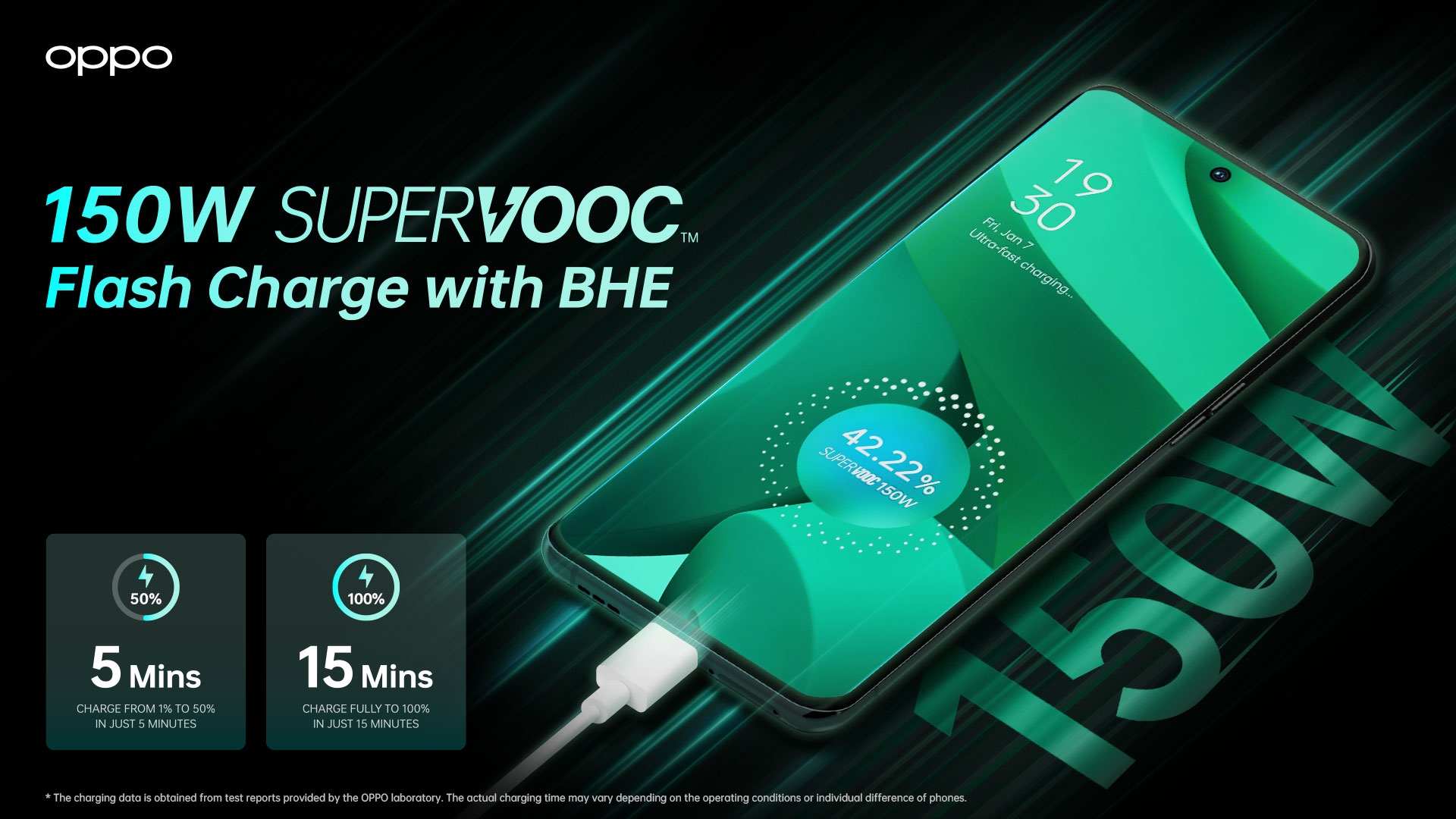
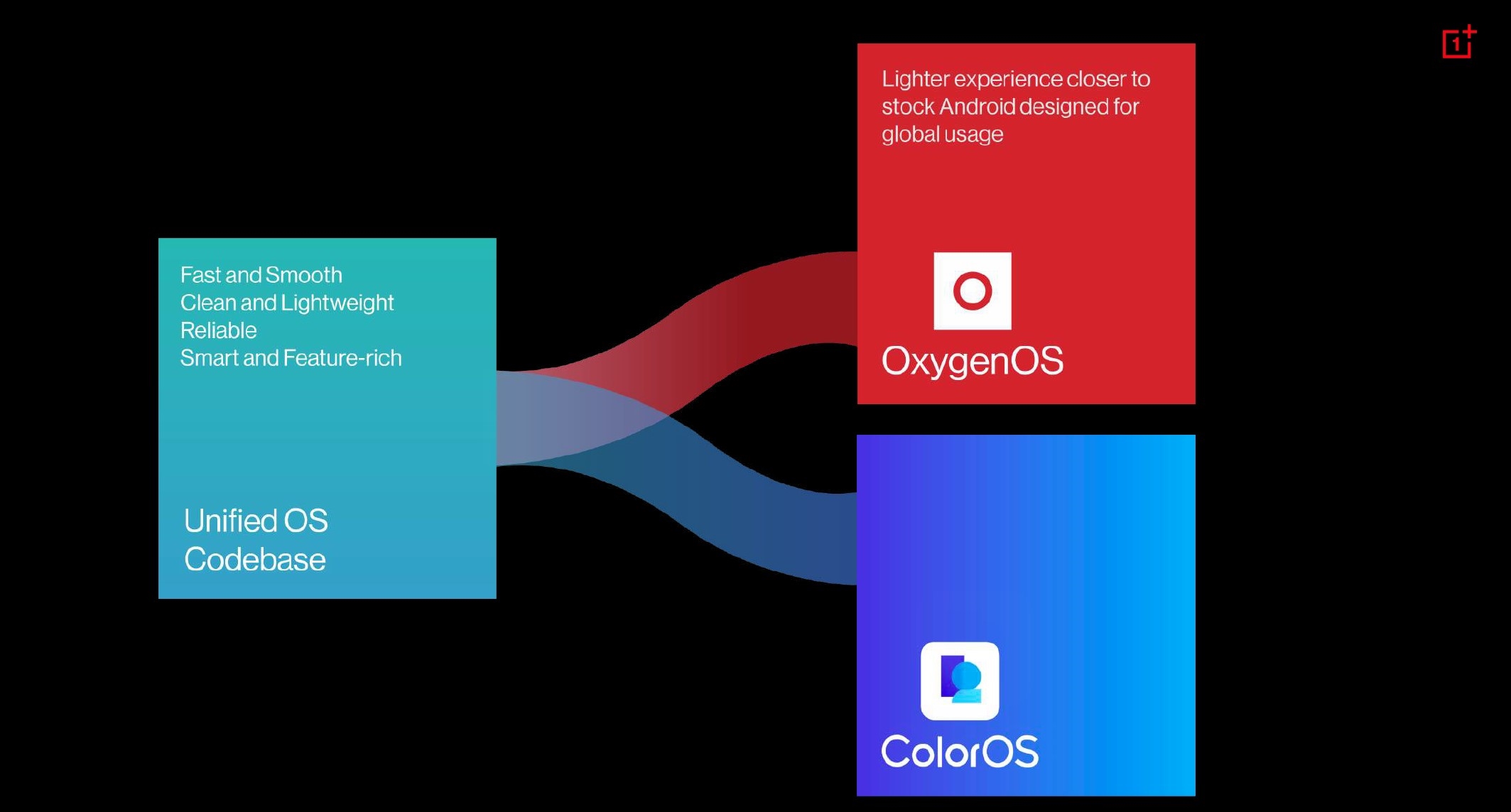
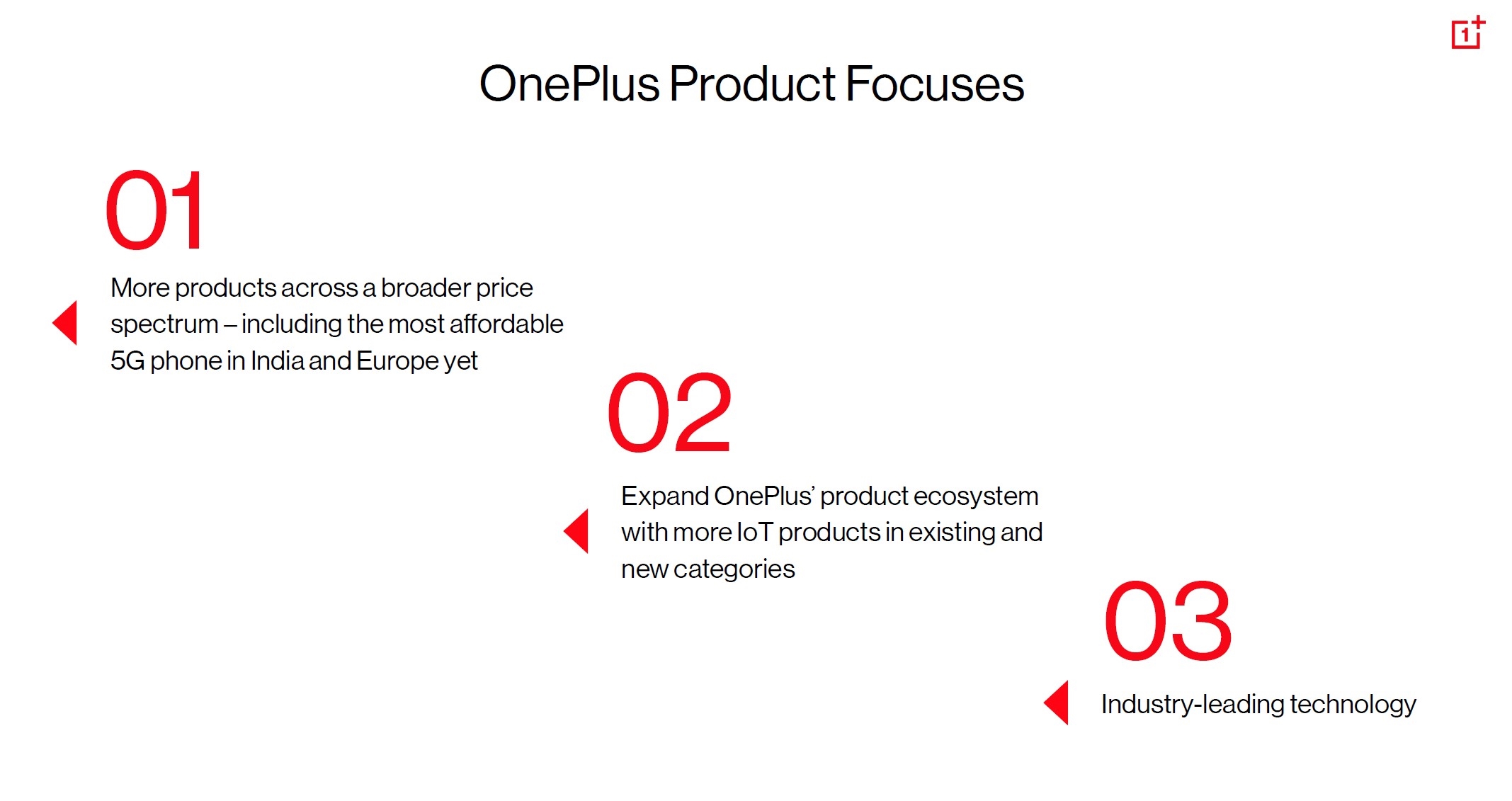
Engadget is a web magazine with obsessive daily coverage of everything new in gadgets and consumer electronics
(37)

